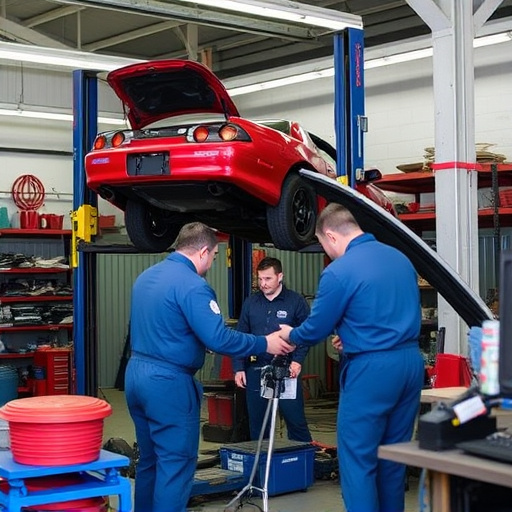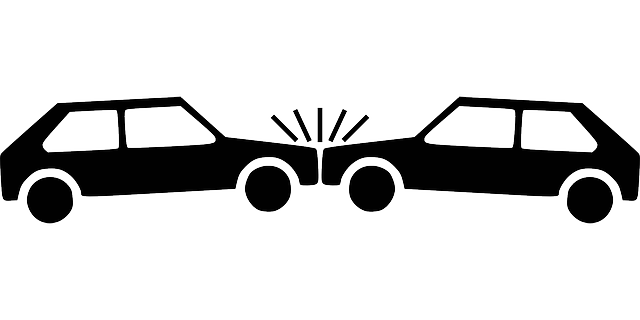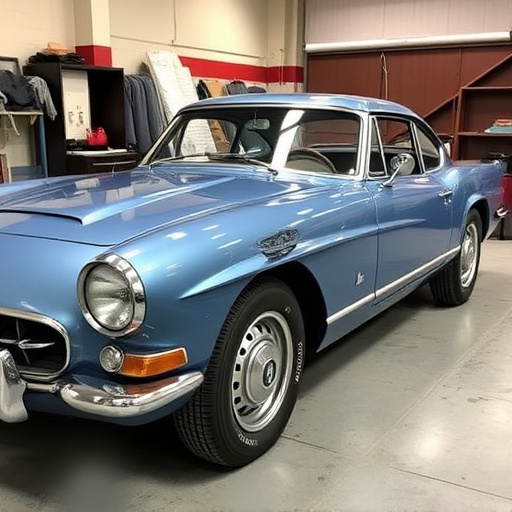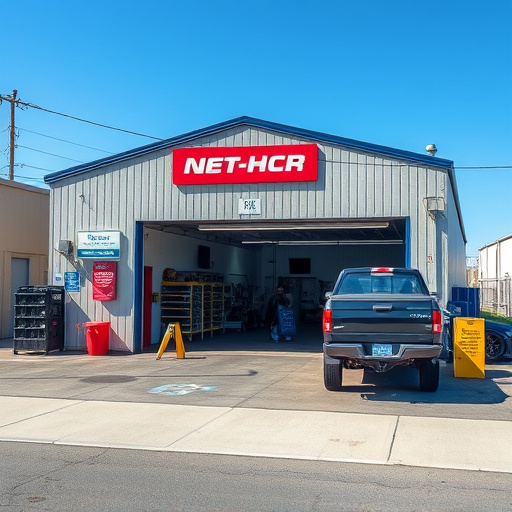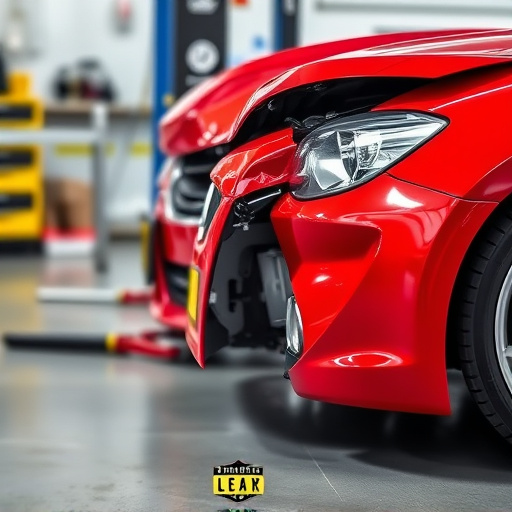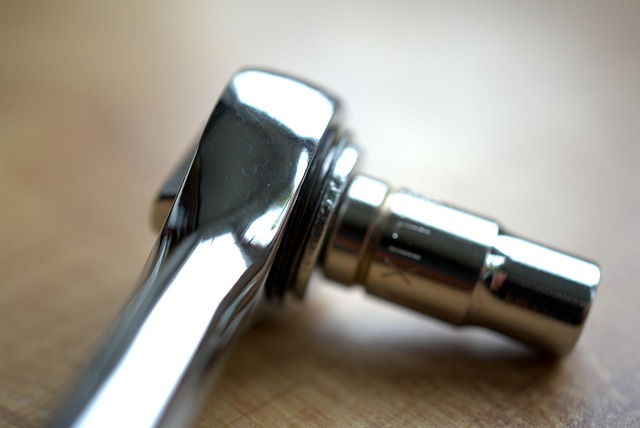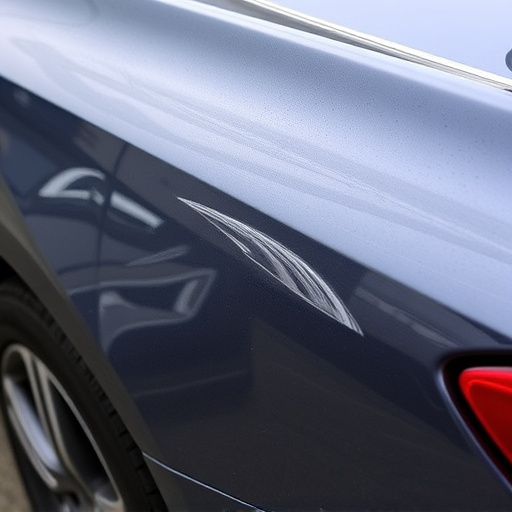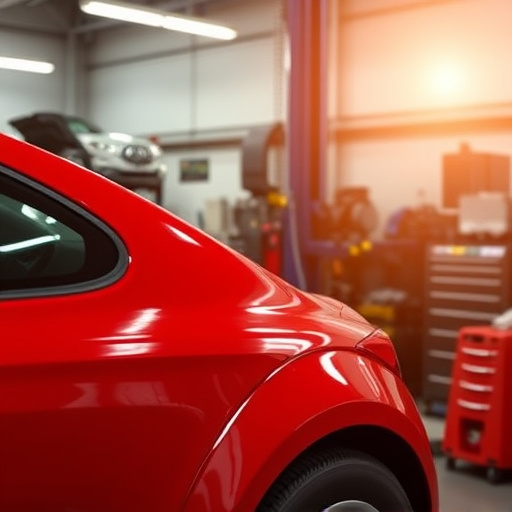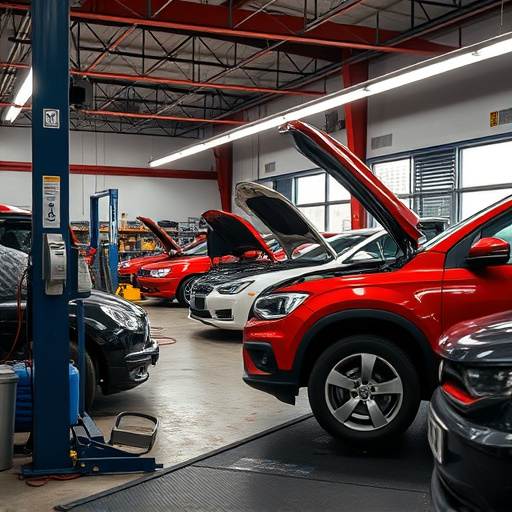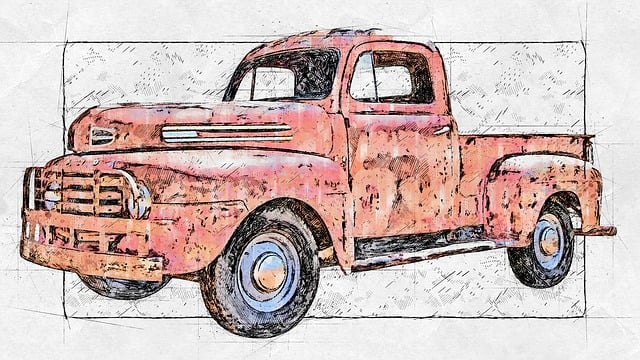Aftermarket collision parts play a vital role in auto body services, offering cost-effective dent removal and repair solutions. Their affordability and diverse options attract both individuals and professional shops, ensuring high-quality repairs while catering to budget constraints. However, evaluating quality is crucial for structural integrity and safety, requiring meticulous inspection for alignment, paint job precision, and part suitability. While price isn't the sole factor, advanced manufacturing can produce aftermarket parts rivaling professional restoration when fit, material, and user reviews are considered.
In today’s automotive landscape, understanding the role and benefits of aftermarket collision parts is crucial for both consumers and professionals. When comparing repair results with aftermarket collision parts, it’s essential to evaluate the quality of repairs objectively. This article delves into these aspects, offering insights on how to assess repair success and a comprehensive comparison between aftermarket parts and original equipment to ensure optimal outcomes.
- Understanding Aftermarket Collision Parts: Their Role and Benefits
- Evaluating Repair Quality: How to Assess the Success of a Repair Job
- A Comprehensive Comparison: Matching Aftermarket Parts with Original Equipment for Optimal Results
Understanding Aftermarket Collision Parts: Their Role and Benefits
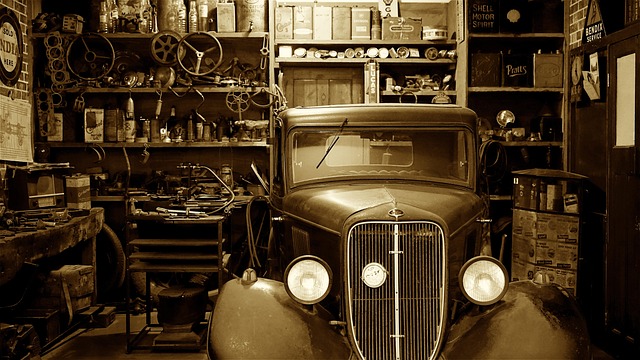
Aftermarket collision parts play a pivotal role in auto body services and vehicle restoration. These parts are specifically designed to replace original equipment manufacturer (OEM) components after an accident or damage, offering a cost-effective solution for dent removal and overall vehicle repair. The primary benefit lies in their availability and affordability, making them an attractive option for both individuals and professional vehicle body shops. By utilizing aftermarket collision parts, these shops can provide high-quality repairs while maintaining accessibility for customers seeking budget-friendly alternatives to OEM prices.
Moreover, the market for aftermarket collision parts is vast, ensuring a diverse range of options for every make and model of vehicle. This variety allows auto body specialists to source precise replacements, guaranteeing a seamless fit and finish in their repairs. With the right expertise, these parts can contribute to the longevity and aesthetic appeal of a vehicle, proving that cost-efficient choices don’t have to compromise on quality when it comes to auto body services.
Evaluating Repair Quality: How to Assess the Success of a Repair Job
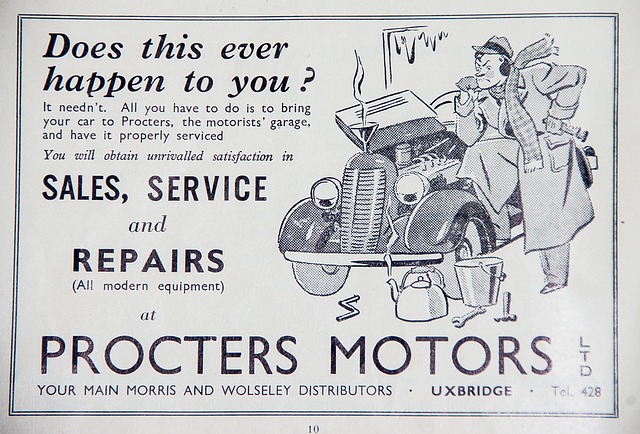
Evaluating the quality of a repair job is paramount when considering aftermarket collision parts. It goes beyond simply ensuring the car looks presentable; it’s about assessing whether the repair addresses structural integrity and safety. A thorough inspection should consider factors like alignment, paint job precision, and the fitness of replacement parts. Look for signs of uneven gaps, misaligned panels, or paint bubbles, which may indicate subpar craftsmanship. In the context of car restoration, a successful repair job blends seamless integration of aftermarket collision parts with the original car bodywork, achieving both aesthetic and functional excellence.
A Comprehensive Comparison: Matching Aftermarket Parts with Original Equipment for Optimal Results
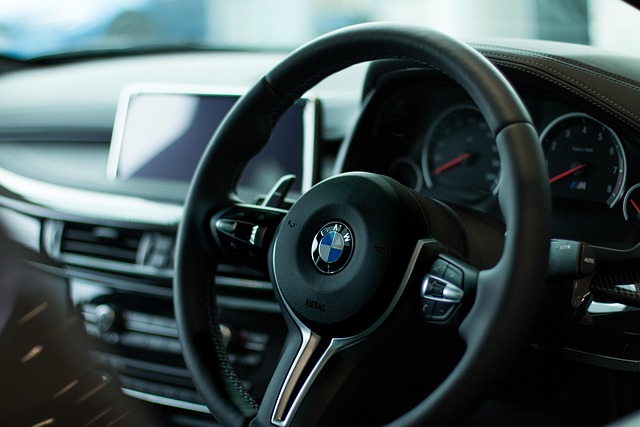
When comparing aftermarket collision parts with original equipment for car dent repair or bumper repair, it’s crucial to consider more than just price. Aftermarket parts, while often cheaper, may not offer the same level of precision and quality as OEM (Original Equipment Manufacturer) parts. In terms of car body restoration, aftermarket components might not perfectly match the curves and contours of your vehicle, leading to an uneven finish.
However, some aftermarkets have advanced manufacturing processes that can closely mimic the quality of original equipment. Thorough research is key; examining part fit, material composition, and reviews from other users can help ensure a successful repair outcome. For instance, in bumper repair, choosing aftermarket parts with a strong reputation for durability and compatibility can result in a robust and long-lasting fix, rivaling that of professional car body restoration services.
When comparing repair results with aftermarket collision parts, it’s clear that these alternative options can offer significant advantages. By understanding the role and benefits of aftermarket collision parts, evaluating repair quality thoroughly, and conducting a comprehensive comparison with original equipment, vehicle owners can make informed decisions. This approach ensures optimal results, cost-effectiveness, and peace of mind on the road. Incorporating aftermarket collision parts into the repair process can be a game-changer for both mechanics and drivers alike.
